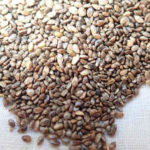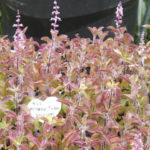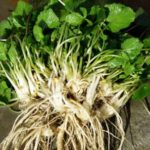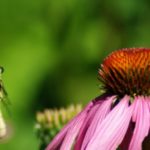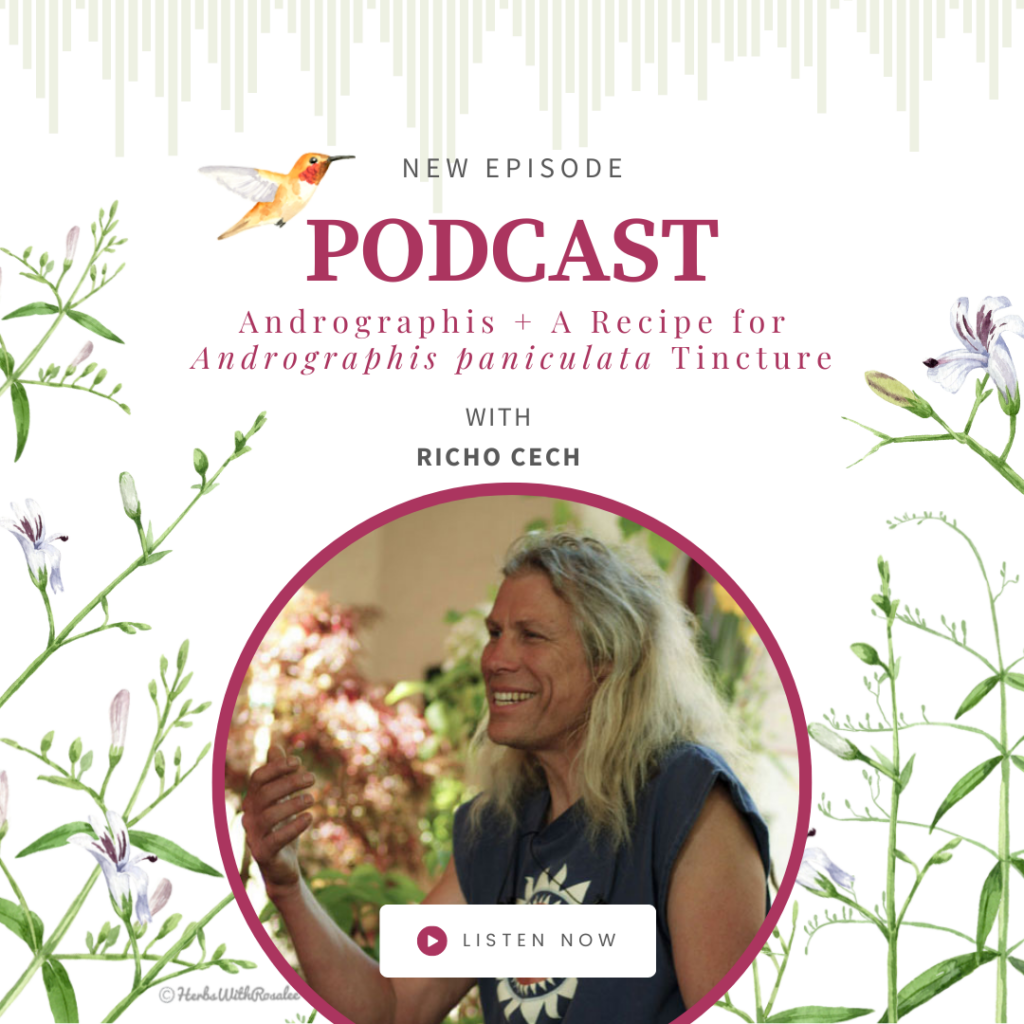Chia Seed: Nutritional Value and Health Benefits
Chia seed, that powerful little bundle originating from the American Southwest and Mesoamerica, is truly unrivalled in terms of its nutritional value and health benefits. Chia is the most concentrated source of alpha-linoleic acid (Omega-3 fatty acids) in the plant kindom, making it an ideal food for those suffering from inflammation of any sort, including maladies of the nerves, eyes or…

